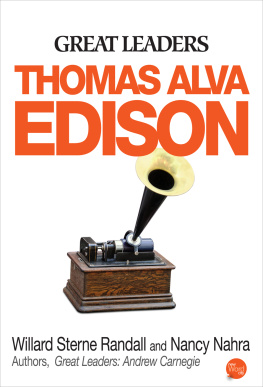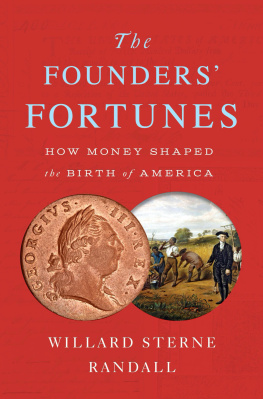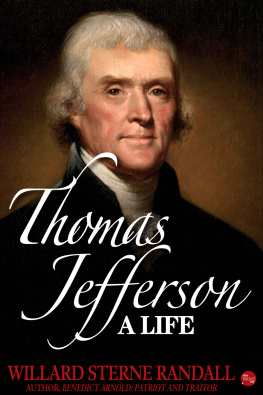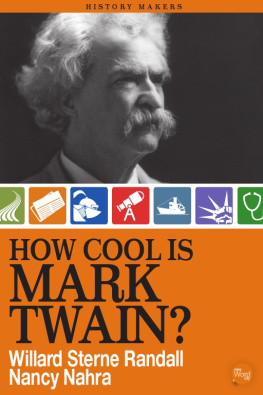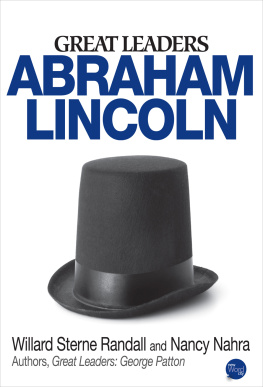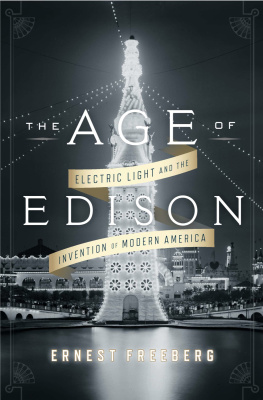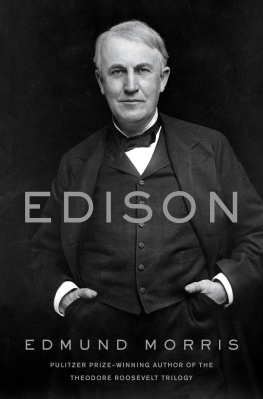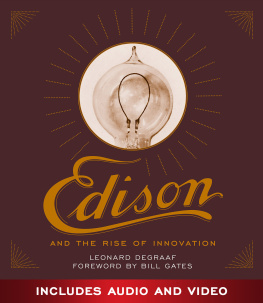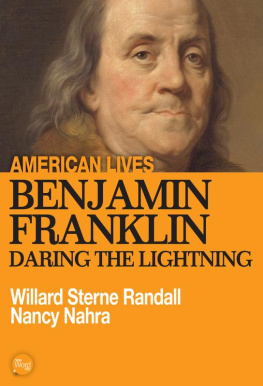On July 4, 1876, Americans celebrated their first century of independence with a giant exposition in Philadelphias Fairmount Park. Under iron and glass exhibit halls covering thirteen acres, the exposition paid scant attention to the past and focused on the present and future. There was a Japanese teahouse to celebrate new trade ties with Asian countries, and a womens building where female artists displayed their paintings and sculptures and operated long rows of textile machines.
Exposition-goers saw the first public demonstrations of the typewriter, the Otis elevator, the Westinghouse railroad brake, the high-wheeled bicycle, and even the floor covering of the future - linoleum. After gazing up at the four-story-high Corliss steam engine that powered the other 8,000 machines on exhibit and dwarfed everything else in Machinery Hall, the exhibits most popular building, people could stroll along West River Drive and sip a new drink, root beer, served by a young druggist, Charles Hires, or munch for the first time on an exotic banana.
Americans appeared most impressed by the giant skeleton of the Corliss engine, which seemed symbolic of their young and sprawling world power. But foreigners were awed by smaller, more revolutionary devices. While long lines waited, the emperor of Brazil tested Alexander Graham Bells new telephone, exclaiming, My God, it talks! As he listened to the voice of a nearby demonstrator, he held in his hand the black carbon receiver devised by the man who had more inventions under the great glass roof than anyone else, twenty-nine-year-old Thomas Alva Edison.
That centennial year, Edison had just opened the nations first research laboratory at Menlo Park, New Jersey, promising to produce a minor invention every 10 days and a big thing every six months or so. He kept his extravagant promise. In the next decade alone, he invented the phonograph, the incandescent light, the Dictaphone, the mimeograph machine, the electric power-plant dynamo, motion pictures, and electric transmitters. Half a dozen years later, he formed the first electric company, its Pearl Street generating station supplying electrical power to illuminate New York City in 1882. In the following six years, he founded the Edison General Electric Company to mass-produce light bulbs that eventually lit up 70 percent of all American homes and virtually all the nations businesses. By centurys end, 3,000 Edison power plants provided electricity to illuminate the nations cities and towns.
The man who did as much as anyone to invent modern America was also the first to popularize science in the United States. Turning from industrial manufacturing to producing innovations for the home, Edison originated mass production of consumer products. His labor-saving devices changed the way people worked, traveled, communicated, studied, and entertained themselves. No wonder that by the time of the Worlds Columbian Exposition of 1893 in Chicago, the majority of visitors filling out questionnaires asking which American would be best remembered a hundred years later, answered, Thomas Edison.
At that 1893 fair celebrating the four centuries of change since Christopher Columbus first landing in the New World, the Corliss engine was as obsolete as the steam power it generated. So, too, the innovations of 1876 had become commonplace in American urban life. Everything on the vast fairgrounds was powered by Edisons electrical inventions, including 5,000 arc street lamps and 100,000 incandescent bulbs. Edison, more than anyone else, had prompted the U.S. Commissioner of Patents to proclaim that America has become known the world around as the home of invention.
Thomas Alva Edison was born on February 11, 1847, in Milan, Ohio, the seventh and youngest child of Samuel and Nancy Elliott Edison. A powerful myth fabricated by an admiring press depicted Edison as a poor boy like Abraham Lincoln, who lived in a log cabin. In fact, Edisons father was a successful entrepreneur until a railroad bypassed his business, ruining it.
The Edisons came from old colonial stock, but for generations they had been dissenters, outsiders, and mavericks. Thomas Edisons great grandfather, John, was a so-called Loyalist, taking the British side in the American Revolution. He left his substantial farm in Caldwell, New Jersey, in 1776 to cross the British lines and act as a guide when British commander Sir William Howe invaded New Jersey. Captured by the revolutionaries and condemned to death for treason, he was held in chains in the Morristown jail for a year before being exchanged for a British prisoner. His property was confiscated, and he had to migrate to Nova Scotia at wars end, where he settled at Digby.
His son, Samuel, Sr., the inventors grandfather, grew up in Canadas Ontario province. The family had migrated there in 1811, after John Edison received a land grant for his services to the British Crown during the American Revolution. Johns grandson, Samuel, Jr., became a Canadian militia captain who fought against the Americans in the War of 1812. By 1837, however, young Sam was eager to join a revolt against the British, secretly forming a revolutionary militia for the Mackenzie uprising.
The plot was discovered and Edison had to flee on foot, pursued for three days by British redcoats, Indians, and dogs. He eventually found refuge in Huron, Ohio. His wife Nancy later escaped with their children, and the family moved to the new canal town of Milan. There Samuel Edison established a successful business manufacturing wood shingles and selling lumber and grain. The familys fortunes were shattered when the Grand Trunk Railroad bypassed Milan and 80 percent of the population left.
A Child Apart
Two of the Edison children had died by the time Nancy gave birth to their seventh child, a small boy with a very large head. Thomas Alva, they called him, or Al, he was frequently in trouble for his curiosity. When he was only six, his father whipped him in the town square for setting a little fire inside his fathers barn just to see what it would do. The flames spread rapidly, burning the barn to the ground. With a high wind blowing, the whole town had been endangered, so none of the neighbors invited to watch the public flogging tried to stop it.
Edison could still remember that incident vividly sixty years later when writing his memoirs. If he resented his father for humiliating him in public, he never said so. But he never said anything flattering about his father, either, and he only rarely mentioned the man. My father thought I was stupid, he said years later, and I almost decided I must be a dunce.
His was a lonely childhood, the Edison siblings being much older, and Alva played alone a good deal of the time. Even more than most children, he asked a lot of what his father called foolish questions, usually directing his inquiries to his mother. When he asked her why their goose squatted on its eggs, his mother patiently explained, after which Alva disappeared. We missed him and called for him everywhere, his brother Marion attested. His father found him in a neighbors barn curled up in a nest he had made filled with goose and chicken eggs. He was trying to hatch them.
Alva also liked to draw, and at age five he sketched pictures of some of the signs in Milan. In later years, he would sketch all of his inventions. By the time he was seven, the town had begun its swift, steady decline. The nomadic Edisons had to move again, this time to Port Huron, Michigan, where Samuel Edison used what he had made from selling his house and granary to set up another lumber, grain, and feed store. There was rarely any money beyond the rent needed for a house.
As for Alvas schooling, the record is murky. At about this time, he apparently came down with a serious case of scarlet fever, which damaged his hearing. Recurring ear problems would increasingly leave Edison in a silent world.
Next page
